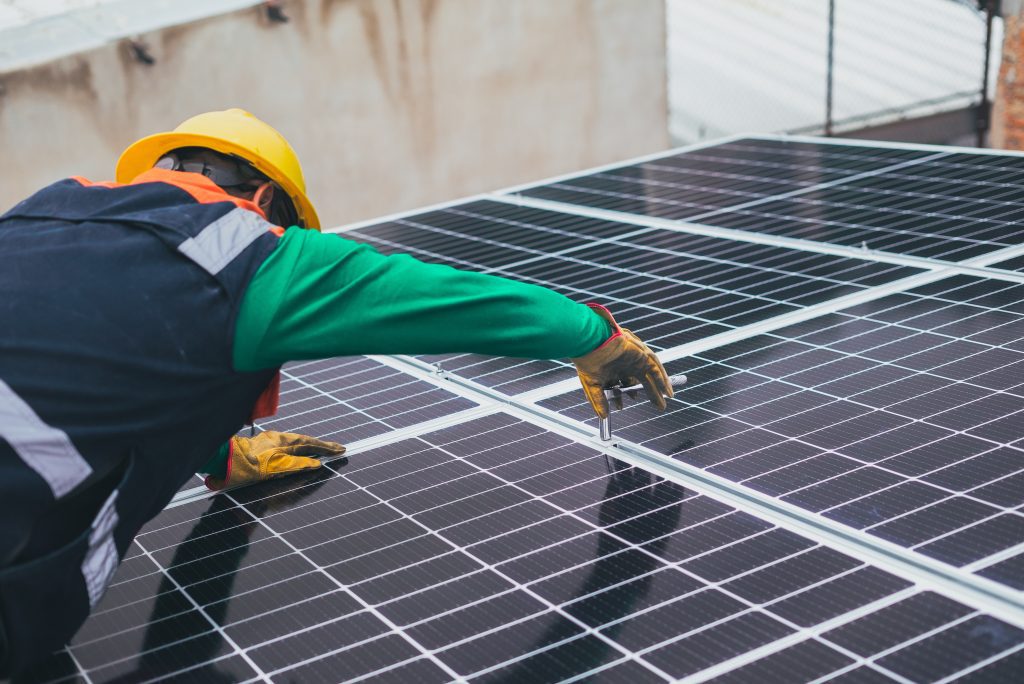The UK government became the first major economy in 2019 to enshrine its net-zero emissions target into national law. Under their legislation, the entire country will have to achieve carbon neutrality by 2070 which marks an ambitious departure from the current status quo. There are some encouraging strides that have already been in the environmental terms such as shutdown of the coal sector and an upturn in the popularity of renewable energy sources across the country. India has committed to reducing carbon emissions by 48% by 2030. However, development and deployment are required in several new technologies if the government is going to achieve its objectives and enable net-zero emissions in fewer than 50 years to reach the target by 2070.
These four technology value chains contribute to about half of the cumulative CO2 savings and can widely electrify end-use sectors such as advanced batteries, CCUS, Digital Technologies, and other hydrogen-related fuels and bio energy.
Advanced Monitoring Equipment
The first step to solving any problem is to understand the challenge ahead. Our ability to analyze and monitor the concentrations of various pollutants and gases in the atmosphere has advanced significantly in recent decades, but there is always room for improvement and advancement. Satellite technology is one area of research that holds potential, keeping in mind that it can substantially expand our capacity to understand the severity of global emissions and localization on a real-time basis.
Batteries
The scientific community seems to largely agree that renewable energy holds a long-term solution to our energy security sector. Nuclear has immense potential while other alternatives such as solar and wind are greener, safer, and far simpler methods of energy generation. But the one con of these energies is that they are intermittent which means that if the sun doesn’t shine or the wind doesn’t blow then the power dries up, that’s where batteries come in. The advanced batteries can decarbonize 5-10% of carbon emissions from the atmosphere and can help to reach the net-zero targets by 2030. Till now or presently there is no technology developed to store renewable energy on a commercial level, but a breakthrough in the energy sector can revolutionalize the way we consume and generate energy.
Carbon Capture, Utilization and Storage
Carbon Capture, Utilization and Storage (CCUS) is the practice of removing CO2 from the emission stream of a power plant and factories before it has a chance to contaminate the environment or store the gas for other purposes underground. The same principle goes for the devices which can extract carbon directly from the atmosphere. While the technology is still in its infancy and requires proper research to work out issues with affordability, gas purity analysis, and other concerns that have prevented it from being deployed on a mass scale to date.
Digital Technologies
Presently there are many new emerging technologies in the market; IoT (Internet of Things), Artificial Intelligence (AI), and Machine Learning are some promising methods to optimize operational strategies to achieve maximum energy efficiency. It is said that these digital technologies can help 10 -15% to reach the net-zero emissions target by 2070. These smart technologies not only ensure that we use resources at our disposal more wisely and responsibly. These can also help to automate more menial tasks to robots and computers, thus freeing up human workforce for more lucrative and interesting endeavors.
Conclusion
These were some of the few technologies that can help India to reach Net Zero Emissions and complete half of its target by 2030. There are other technologies present in the market which can also contribute to our goal through proper advancements and improvement.



